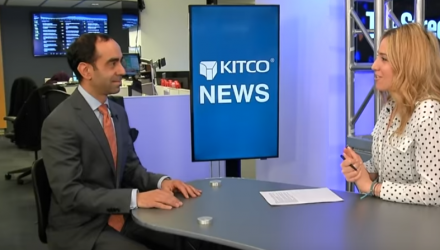Despite news of a trade deal swirling with the U.S., China is shoring up its reserves of gold amid a slowing economy. This could help exchange-traded funds (ETFs) like the SPDR Gold Shares (NYSEArca: GLD) and SPDR Gold MiniShares (NYSEArca: GLDM).
Per a Bloomberg report, the “People’s Bank of China raised reserves to 60.62 million ounces in March from 60.26 million a month earlier, according to data on its website on Sunday.” Furthermore, the world’s second largest economy has been adding more gold to its reserves for a fourth straight month.
During the Great Depression of the 1930s, gold was also a hedge against deflation. While the prices of assets were dropping during this time, the purchasing power of gold rose to prominence.
Fast forward to the financial crisis in 2008, the price of gold increased sharply while faith in U.S. equities was languishing. In essence, gold has proven to withstand times of geopolitical and economic uncertainty.
With the latest Fedspeak sounding more dovish as it now projects two interest rate hikes in 2019 as opposed to three or more, this could be the trigger for gold to return to come back into the forefront, particularly as a safe-haven option in the wake of more volatility. While bonds are typically the default play when U.S. equities go awry, gold is also a prime option for diversification as a safe alternative.
Russia is also following China in terms of shoring up their gold holdings. In the video below, Juan Carlos Artigas, director of investment research at the World Gold Council, says “There are four drivers of gold that investors need to keep an eye on. The first one is economic expansion. There’s a positive link between economic growth and gold over the long run.”
For more market trends, visit ETF Trends.

